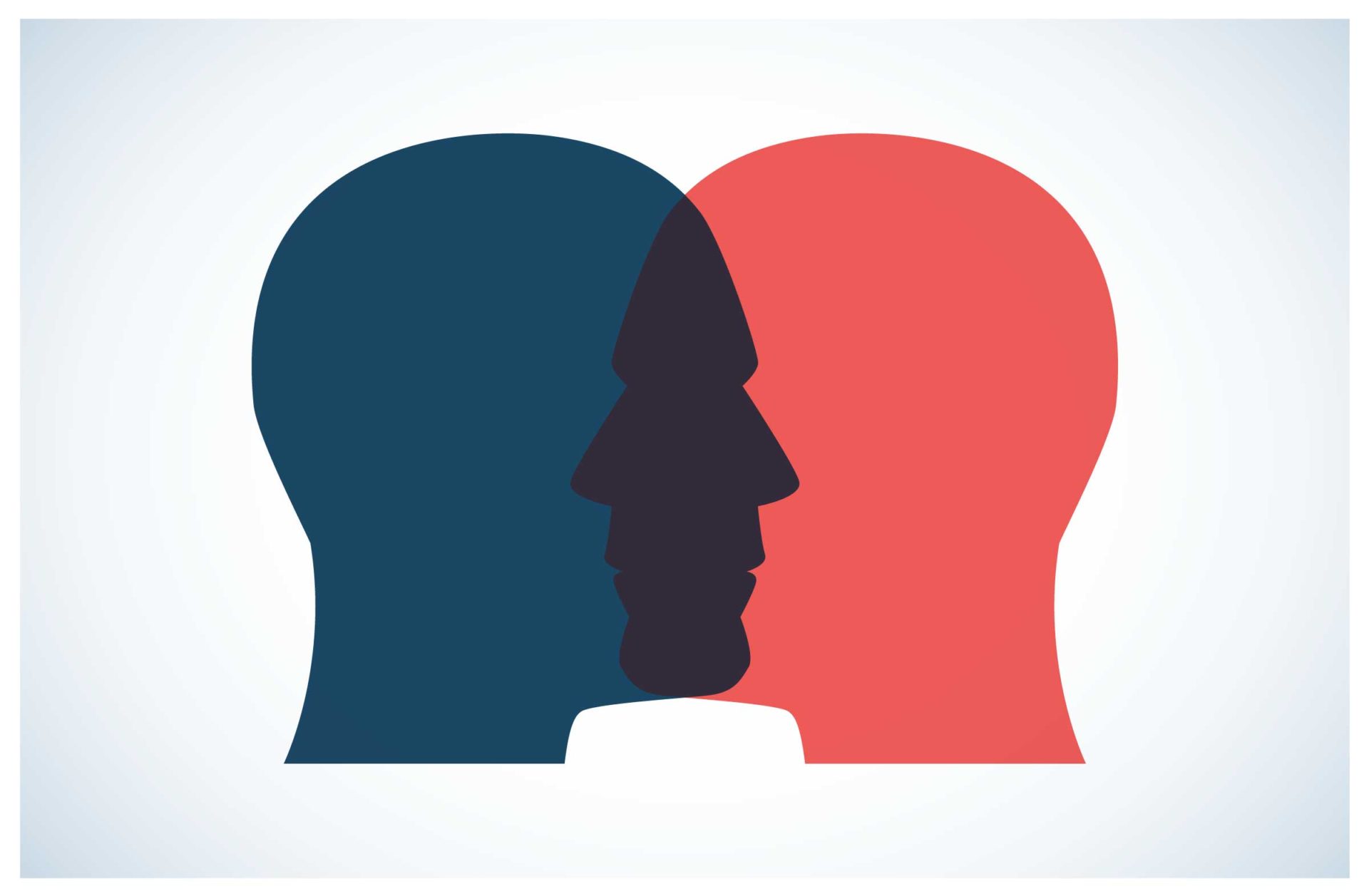Article • June 10, 2019
Confirmation bias or “See, I told you so”

What is confirmation bias?
At family reunions or other gatherings—like over the Holidays—my family has a rule: No politics. We generally try to avoid topics that might cause disagreements. But, not all families have that rule. You and your family might thrive on lively debates. It might be “anything goes” as far as you’re concerned!
Think back to such a gathering. Perhaps it was a family reunion or just a group of friends. Have you ever been in a “lively debate” about some controversial topic? Have you ever experienced a situation in which your debate partner just would not…could not…be moved by any degree of evidence, reasoning, or facts?
We’ve all experienced this at one time or another. In such a situation, your debate partner might be exhibiting confirmation bias.
Confirmation bias is the tendency to seek out information that confirms one’s preexisting conclusions. For example, if the conclusion is, “The sky is blue.” The brain will more easily and more vividly recall information that confirms that conclusion, such as gazing into the sky on a sunny day, over sitting inside on an overcast grey-sky day.
However, it goes further than that. Confirmation bias also relates to how our brains prioritize those two pieces of information. Using the same example, if the intent was to decide if the conclusion was correct, rather than consider the two as equally relevant, the brain often prioritizes the confirmatory over the disconfirming information. Slightly disturbing, is that this is seen even if the confirming evidence is flimsy or even false yet the disconfirming evidence is rock-solid.
How can confirmation bias harm learning?
In the grand scheme of things, confirmation bias often results from a lack of critical thinking. Learning and Development (L&D) professionals, in their desire to support and satisfy their internal clients, can fall into this trap.
Let’s consider this example. Assume a business unit (BU) leader has concluded that account managers don’t leverage all of their tools to analyze their business. Now say that the BU Leader goes on a field visit and observes an account manager neglect some tools. When the BU Leader returns to the home office, he or she quickly pulls the L&D team into the room and sets them off build a training on using all tools to analyze the business.
To satisfy the BU Leader, L&D might move forward with developing a solution to drive account managers’ analysis skills, which might be exactly what’s needed. But, then again, it might not. The BU Leader may be prioritizing the single experience he or she witnessed in the field over back-end analytics that illustrate all tools are being used.
If that is the case, then L&D would be wasting its time and resources, as well as valuable account manager time, on a program that isn’t really needed.
How can we save learning from confirmation bias?
L&D professionals can do several things to ensure that confirmation bias doesn’t infect learning programs. Here’s a quick summary:
- Act as a true learning consultant with internal clients / business sponsors. Be a strategic partner and when someone says they have a need, be sure to clarify what information is leading them to that conclusion and what the business objectives are regarding addressing the need.
- Use learning needs assessments to objectively confirm the nature and depth of the need. Data-driven needs assessments provide evidence that learning programs are actually needed, and that they are addressing the right things.
- Incorporate critical thinking exercises into training programs when possible and appropriate. Critical thinking skills are extremely important and learners should be able to use them. Critical thinking can help learners be more effective in their roles and help them avoid confirmation bias as they fulfill their day-to-day responsibilities.
Hopefully, this article provides some useful guidance regarding confirmation bias and how to avoid it. We’ll probably never be able to convince your Uncle Fred to change his mind, but we just might be able to help you develop more effective learning programs.